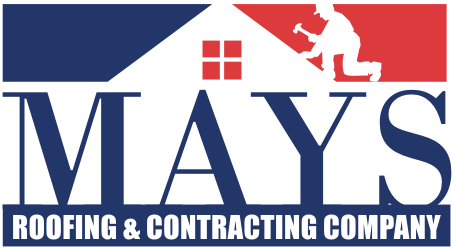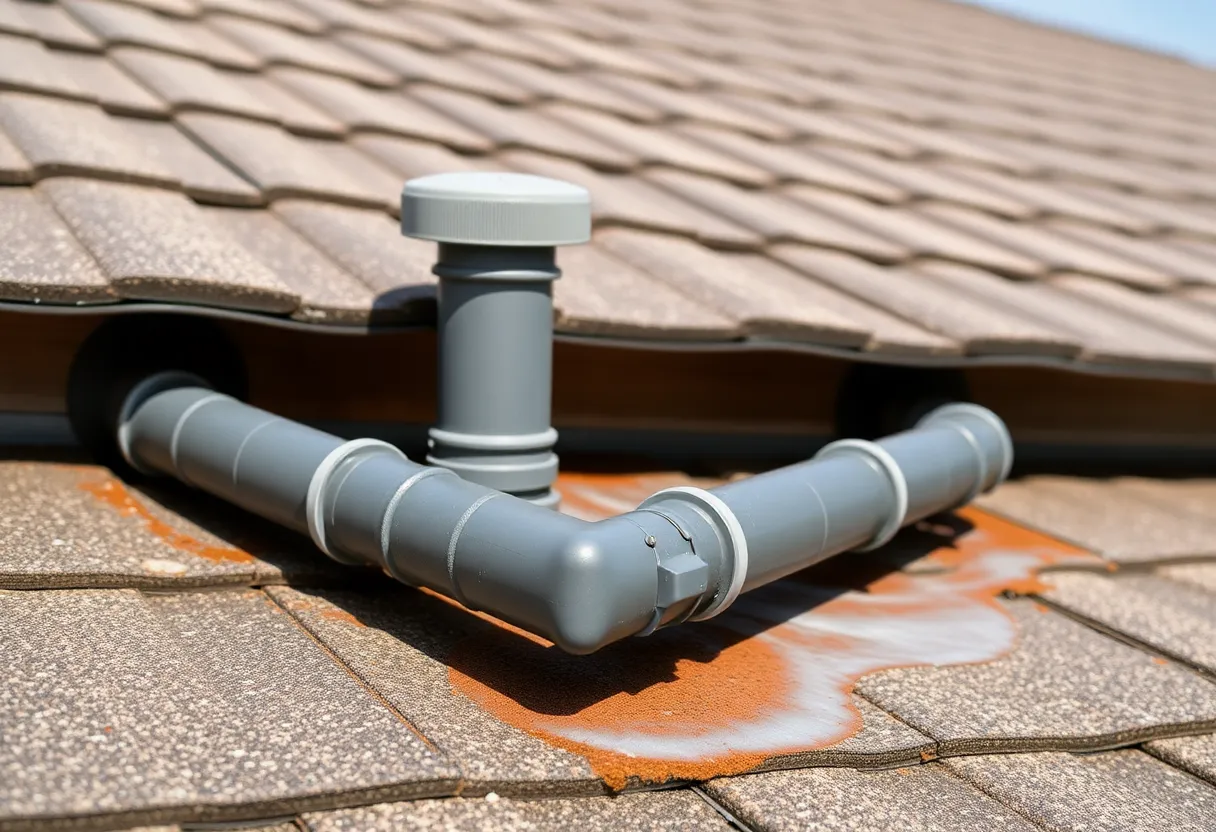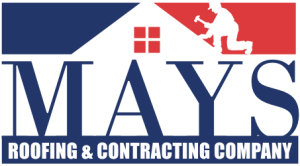How to Successfully Upgrade Your Roof’s Drainage System for Optimal Performance
Optimizing your roof’s drainage system is critical for maintaining the longevity and functionality of your building. A well-designed drainage system not only prevents water accumulation but also shields the structural integrity of your roof and interior spaces. Upgrading this system can seem daunting, but with the right steps and considerations, it can be managed effectively.
The Importance of a Proper Drainage System
Having a robust drainage system is essential for several reasons:
- Prevention of Water Accumulation: Standing water can lead to significant wear on roofing materials, eventually causing leaks.
- Structural Integrity: Continuous water exposure compromises roof structures and can lead to costly repairs.
- Mold and Mildew Prevention: Water retention encourages mold growth, posing health risks.
- Increased Lifespan: Proper drainage prolongs the life of roofing materials, reducing the need for frequent replacements.
Evaluating Your Current Drainage System
Before any upgrades, conduct a thorough evaluation of your current drainage system. Key considerations include:
1. Identifying Existing Issues
Check for:
- Clogs: Inspect gutters and drains for blockages.
- Leaks: Look for signs of water infiltration inside your building.
- Standing Water: Note areas where water collects after rainfall.
2. Understanding Drainage Requirements
Count the following:
- Roof Area: Larger roofs require more extensive drainage.
- Climate Conditions: Consider the average rainfall and potential snow accumulation.
- Building Codes: Familiarize yourself with regulations related to drainage in your area.
Upgrading Your Roof Drainage System
Once you’ve assessed the status and requirements, it’s time to consider upgrades. Below are several strategies to improve drainage performance.
1. Cleaning and Maintenance
One of the simplest steps you can take is regular maintenance:
- Gutter Cleaning: Clear debris to ensure water flows freely.
- Regular Inspections: Conduct inspections bi-annually and after storms.
2. Installing Additional Gutters
If your system struggles to handle downpours, consider:
- Adding Gutters: More gutters can help manage excess water more efficiently.
- Placement Strategy: Ensure gutters are strategically placed to maximize water catchment.
3. Upgrade to Larger Downspouts
Sometimes the issue lies with downspouts. Make the following adjustments:
- Increase the Diameter: Larger downspouts allow better water flow.
- Strategic Placement: Place downspouts where water is most likely to accumulate.
4. Consider a Single-Ply Membrane System
For flat roofs, single-ply membrane systems are often effective. They offer:
- Durability: They are less prone to leaks and water retention.
- Ease of Installation: Relatively simple to replace or upgrade.
5. Install Scuppers and Roof Drains
Integrating scuppers and roof drains into your system is an efficient method of removing water:
- Scuppers: These are openings at the edge of roofs allowing water to flow into designated drainage areas.
- Roof Drains: Use internal roof drains to direct water to stormwater systems efficiently.
6. Utilize Rainwater Harvesting Systems
Incorporate sustainability by installing rainwater harvesting systems. Here’s how they work:
- Collection: Capture rainwater for reuse, reducing demand on municipal supply.
- Filtration: Integrate systems that filter and purify collected rainwater.
7. Improved Slope and Pitch
Ensure your roof deck’s slope directs water towards designated drainage areas. Consider:
- Adjusting the Pitch: A proper slope of at least 1% ensures effective drainage.
- Prolonged Surface Lifespan: Improved pitch directly enhances the durability of roofing materials.
Implementing Your Upgraded System
Once the upgrades are planned, it’s time to implement.
1. Hire Professionals
Consider engaging a licensed roofing contractor with expertise in drainage systems. They can:
- Assess Needs: Provide an objective evaluation of your structure.
- Quality Work: Ensure installation is done correctly and adheres to building codes.
2. Regular Testing and Evaluation
After upgrades, continuously monitor the system:
- After Rainfall: Check for system performance and identify potential issues.
- Annual Review: Conduct a yearly inspection to maintain optimal performance.
Conclusion
Upgrading your roof’s drainage system is essential for protecting your building investment. By following these systematic steps and taking proper precautions, you can ensure that your roofing system functions optimally. Regular maintenance and evaluation are crucial for long-term performance. Consider professional assistance to maximize results and prolong the lifespan of your roof. An effective drainage system today can save significant costs and prevent larger complications in the future.





 Mays Contracting
Mays Contracting


